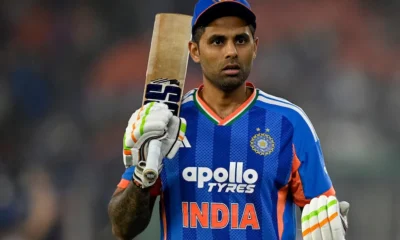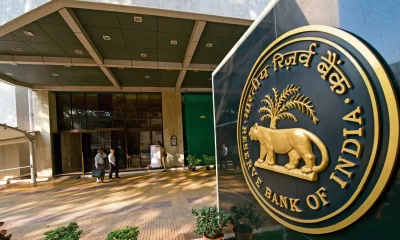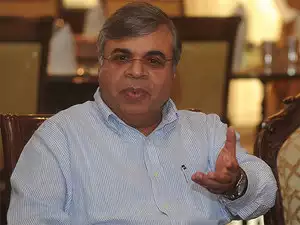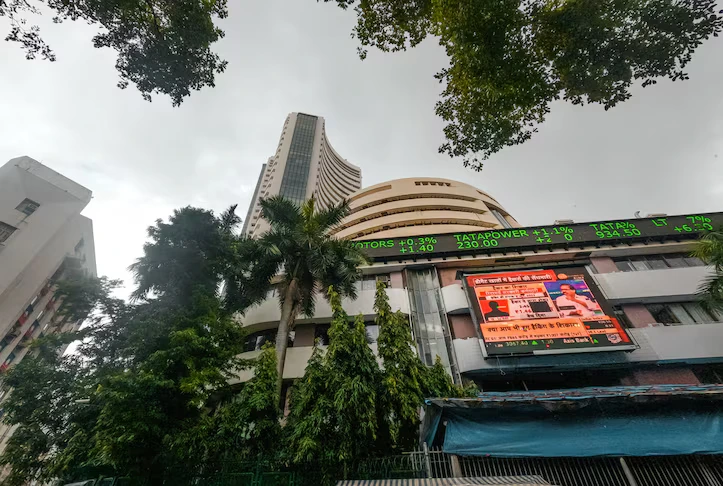Economy news
RBI cuts interest rates as economy slows, India loses out to China as fastest growing economy

Economy news
ITR filing last date today: What taxpayers must know about penalties and delays
The deadline for ITR filing ends today, September 15. Missing it may lead to penalties, interest charges, refund delays, and loss of tax benefits.
Economy news
India’s GDP surges 7.8% in Q1, outpaces estimates and China
India’s GDP surged 7.8% in Q1 2025-26, the highest in five quarters, driven by strong services and agriculture sector growth, according to NSO data.
Economy news
Sensex falls 600 points, nifty slips 180 as US tariffs hit Indian markets
Indian equity markets witnessed sharp declines as US tariffs on Indian imports took effect. Sensex dropped over 600 points, while Nifty fell nearly 180 points in early trade.
-

 Cricket news20 hours ago
Cricket news20 hours agoIndia vs South Africa 5th T20I: Samson shines with 37 as India push on after Gill injury
-

 Cricket news19 hours ago
Cricket news19 hours agoIndia vs South Africa 5th T20I: Tilak Varma, Hardik Pandya power India past 230 in Ahmedabad
-

 Latest world news21 hours ago
Latest world news21 hours agoHindu man lynched and set on fire in Bangladesh during anti-India protests
-

 Entertainment20 hours ago
Entertainment20 hours agoOTT and theatrical releases this week: new films and series to watch from December 19 to 26
-

 India News6 hours ago
India News6 hours agoThick smog engulfs Delhi, flights and trains delayed as air quality slips to very poor
-

 Cricket news5 hours ago
Cricket news5 hours agoT20 World Cup 2026: Selectors weigh Shubman Gill role as India squad announcement awaited
-

 Entertainment21 hours ago
Entertainment21 hours agoBharti Singh, Haarsh Limbachiyaa welcome second child after she’s rushed to hospital mid-shoot
-

 Cricket news6 hours ago
Cricket news6 hours agoIndia vs South Africa 5th T20I: Hardik Pandya, Tilak Varma power India to 30-run win, series sealed 3-1




















